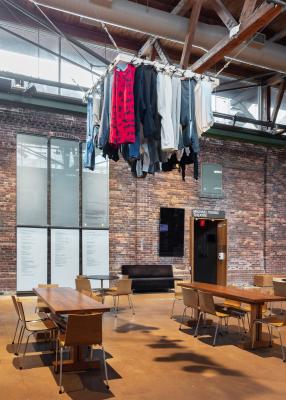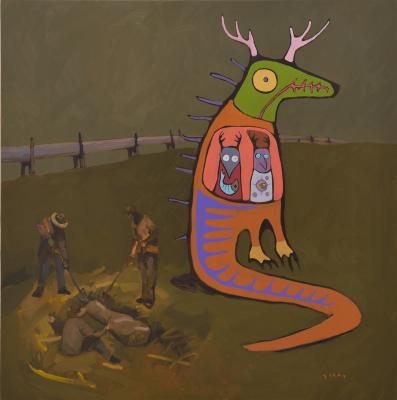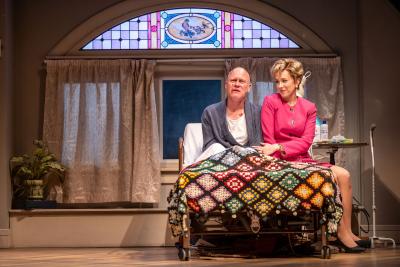Princess Diana’s visit to Toronto’s HIV/AIDS hospice
The late Princess of Wales’s 1991 visit to Casey House is revisited in the play Casey and Diana
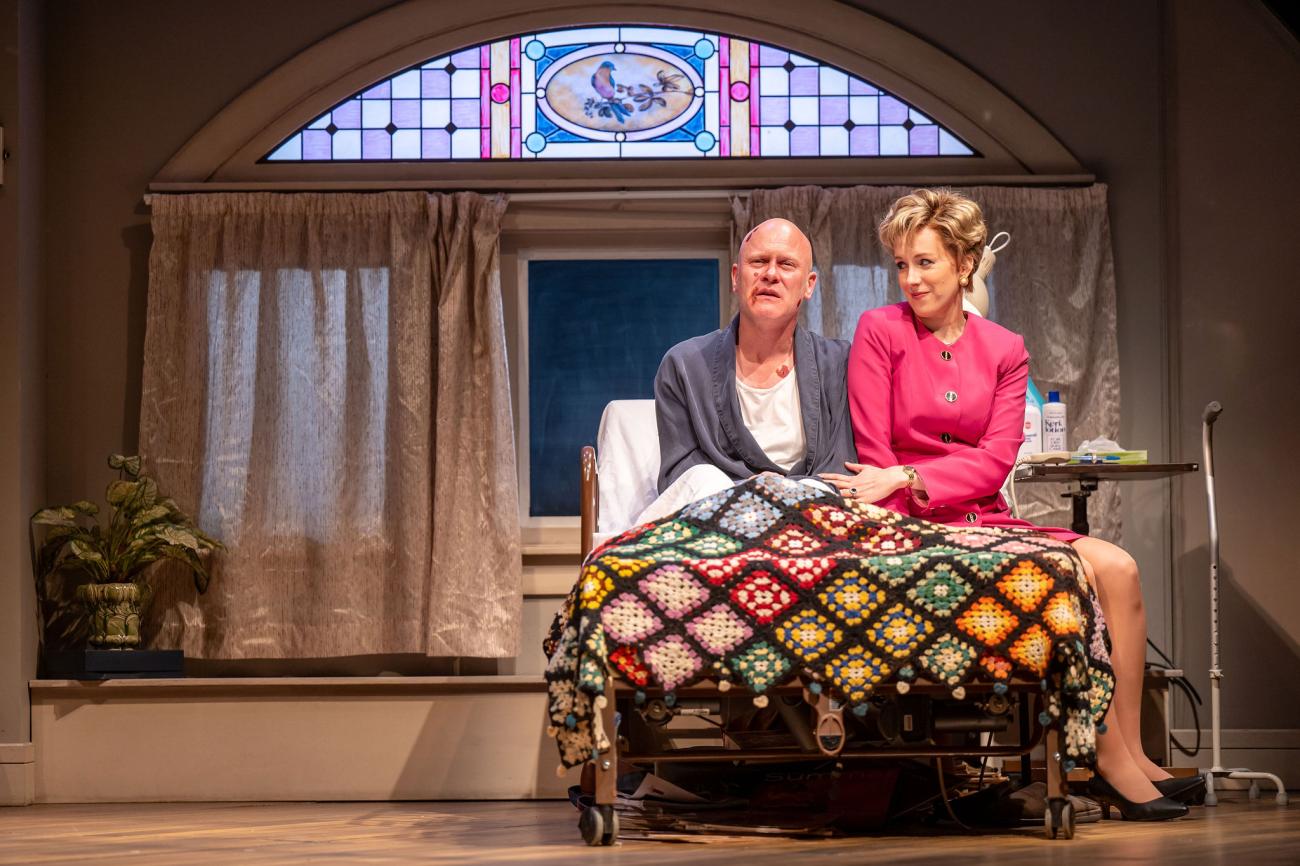
Photo taken by Dahlia Katz
Princess Diana's 1991 visit to Toronto was significant for many reasons. During her third and last visit to Canada before her passing in 1997, the late Princess of Wales visited patients at the Casey House, which, at the time of her visit, was a hospice for people dying of AIDS-related illnesses. The Casey House still exists today, now functioning as a specialty hospital for people living with and at risk of HIV.
While crowds gathered outside hoping to glimpse “the People’s Princess,” media were not allowed inside Casey House save one pre-arranged photo-op with a patient. During this photo-op, Diana pulled her chair closer to the patient and placed her hands upon theirs, marking a key moment in the destigmatization of HIV/AIDS in Canada. These actions were not uncharacteristic for Diana, who had been raising awareness of the HIV/AIDS epidemic and destigmatizing the illness since the 1980s.
While there is no media coverage capturing that faithful day at Casey House, playwright Nick Green transports viewers into the complex and raw emotions of the hospice patients who were waiting for whichever impeding event came first: Diana’s visit or death.
Originally produced for the Stratford Festival, Green’s play Casey and Diana recently wrapped up its second run at Soulpepper on February 11. Set in the week leading up to Diana’s visit, the play explores the intimate relationships between people dying of AIDS-related illnesses and their caregivers and families during that historic visit.
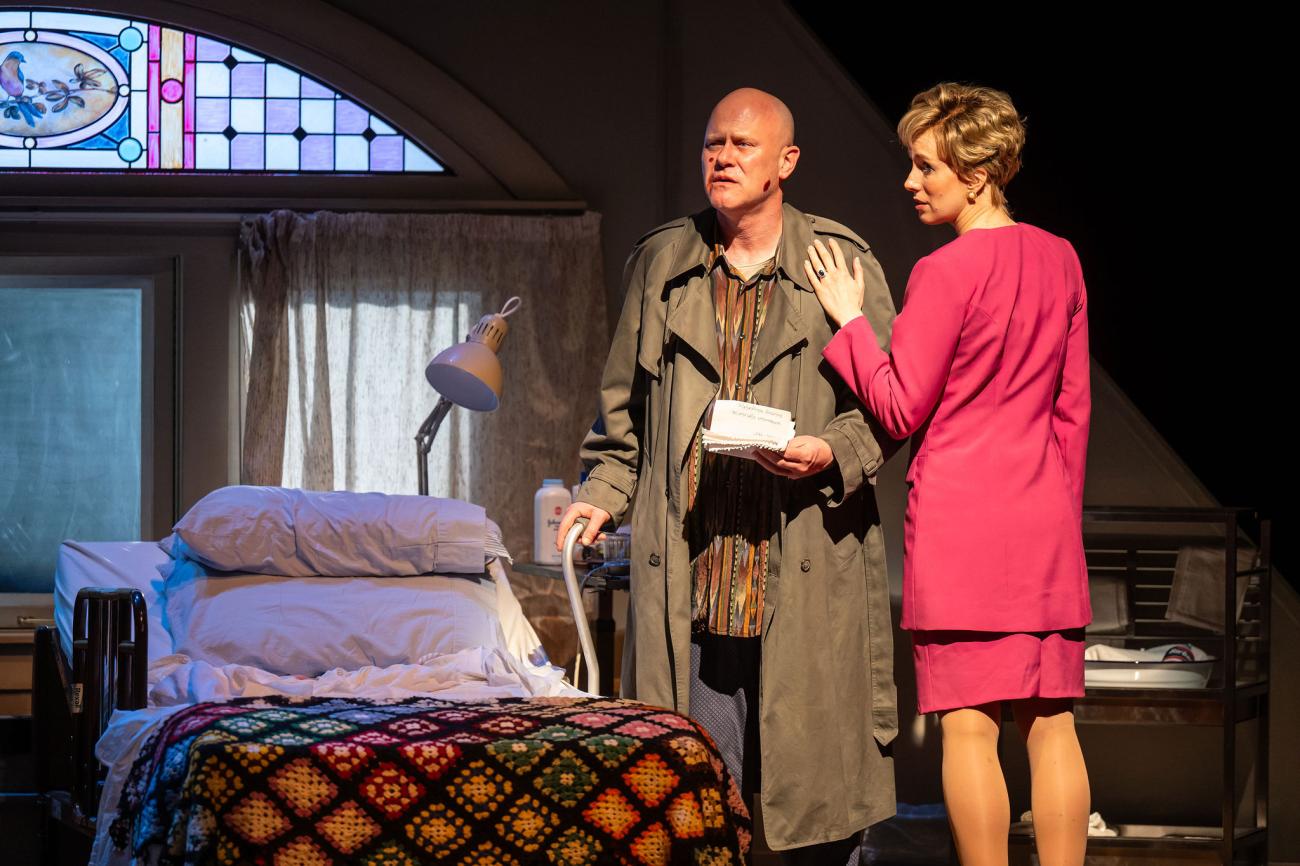
Photo taken by Dahlia Katz
Around the same time as Diana, Keith Haring was using his artwork to also raise awareness about the HIV/AIDS epidemic. A princess and an artist, the two became active voices at a time when many turned their backs on the epidemic. Collaborating with the organization AIDS Coalition to Unleash Power (ACT UP), Haring created a series of posters and artworks raising awareness about the epidemic, promoting safe sex, and sharing information about the spread of HIV, some of which are currently on view in Keith Haring: Art is for Everybody at the AGO.
Haring was diagnosed with AIDS in 1988. This prompted him to establish the Keith Haring Foundation in 1989, which remains dedicated to providing funding for AIDS organizations. He passed on February 16, 1990, just one year before Diana visited the Casey House.
Reflecting on the impact of the HIV/AIDS epidemic, Foyer spoke to Green about the creation of Casey and Diana, the importance of revisiting the activism of Diana and Haring in our modern day, and the future of his play.
Foyer: Casey and Diana is premised around Diana’s 1991 visit to the Casey House. What inspired you to dive into this moment in history to write Casey and Diana?
Green: I was drawn to this true story for a few reasons. First of all, it's an amazing moment in queer Canadian history that draws attention to the great, precedent-setting organization that is Casey House. People may not realize it as they drive down Jarvis Street, but Casey House set the standard of care for people with HIV/AIDS in Canada and around the world
Look, as a campy queer person, of course I saw the headline and got excited about a story featuring the “People's Princess.” I mean, think of the costumes! But from the beginning, I knew there would be more to the story, and as soon as I got in touch with the folks at Casey House and had the opportunity to start interviewing people who were there on the day [of her visit], I knew it was a story that I needed to tell. It truly is a story of kindness and compassion in the face of great pain and fear. We continue to need stories like that today, and sadly I think that need will continue in the future.
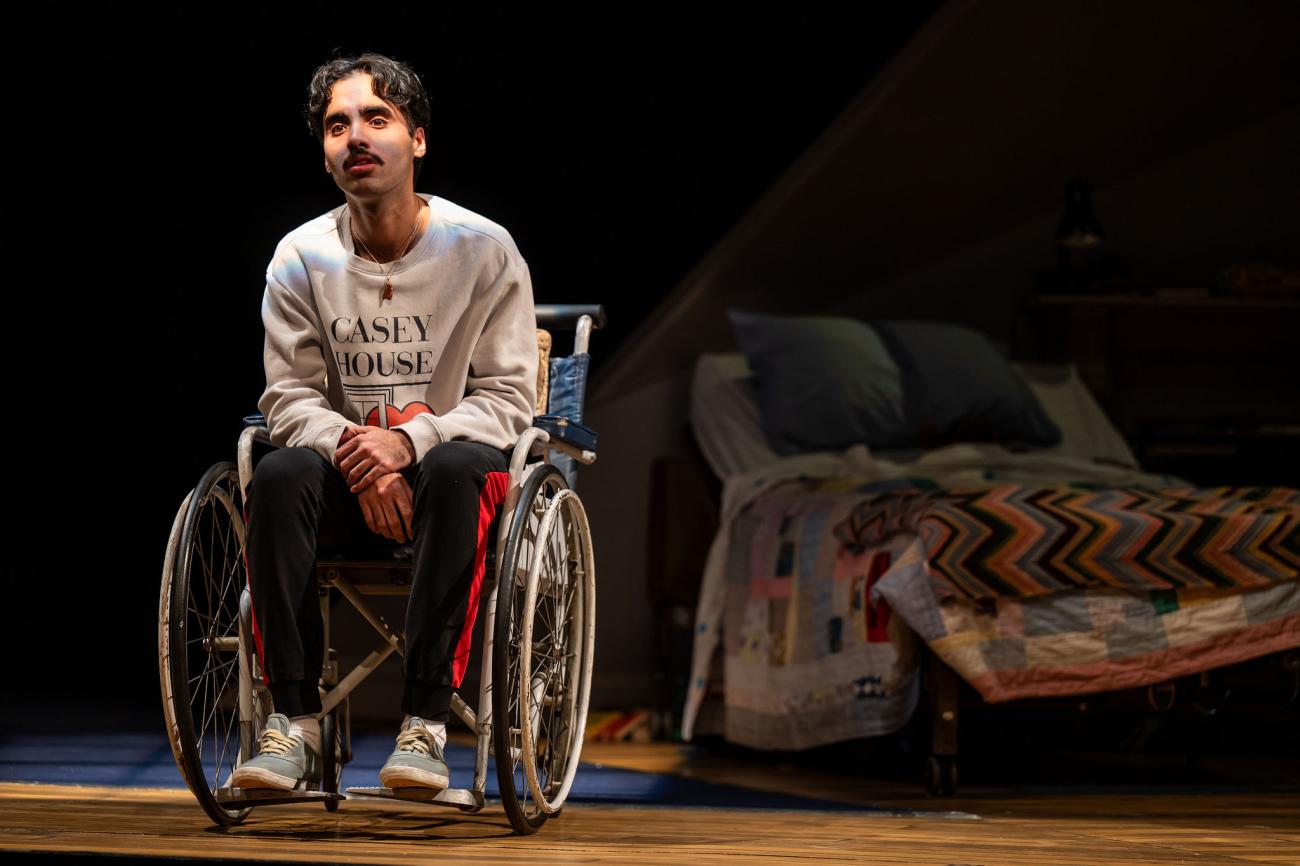
Photo taken by Dahlia Katz
Foyer: While the play touches on the “Diana effect,” it focuses more so on the patients, caregivers, and families present at Casey House at that time. How did you carry out the research for this play and how much of the subject matter came from the true stories of those present for Diana’s visit?
Green: I've written a few plays inspired by true events, and I always find it thrilling when I have the chance to talk to people who were around when it happened. I take a "snowball" approach, in that I ask for a few names from a source. After interviewing [those sources,] I ask them to direct me to the next people to talk to. I find that when you allow yourself to be directed through research, you end up with some really unexpected and wonderful sources. What was wonderful about the show moving from Stratford to Soulpepper was that it allowed the research to continue. I met many wonderful people at the first run who were there [for Diana’s visit] or had first-hand knowledge of the events of the show, and their feedback really inspired me as I did rewrites going into the second production.
Foyer: Alongside this run of Casey and Diana at Soulpepper, you created the podcast With Dignity: The Story of the Casey House, which you call the hospital’s oral history. What was it like to interview individuals from across Casey House’s almost 40-decade history? Did creating the podcast give you any new insights or perspectives on your play?
Green: Working on the podcast was such a wonderful experience. Writer and Producer Pippa Johnstone is such a genius at piecing different stories and perspectives together in a way that both tells the story and moves you completely. Episode three [which focuses on Diana’s visit] almost killed me, it's so beautiful. I will never, ever forget the interviews I did for this project. Speaking with Nancy Roe-Lucier, who was at Casey House with her father on the day of the visit, I was struck by the many similarities between her story and the play, such as the fact that she had discovered that her father was at Casey House in essentially the same way, and almost on the same actual day, as a character in the play discovers that her brother was there. I had also named one of the offstage characters in the house the same name as her father. Remember, we hadn't even met until the play had already opened in Stratford. That interview left me wondering, do you call those coincidences? Or something else?
I also got to interview [Casey House founder] June Callwood's granddaughter Bree Fitzgerald, who told me about June's journey in creating Casey House so soon after the death of her son Casey. June's story is inspiring in the extreme. You can't hear it without wondering how you might contribute and give back to the world. I'll never forget it.
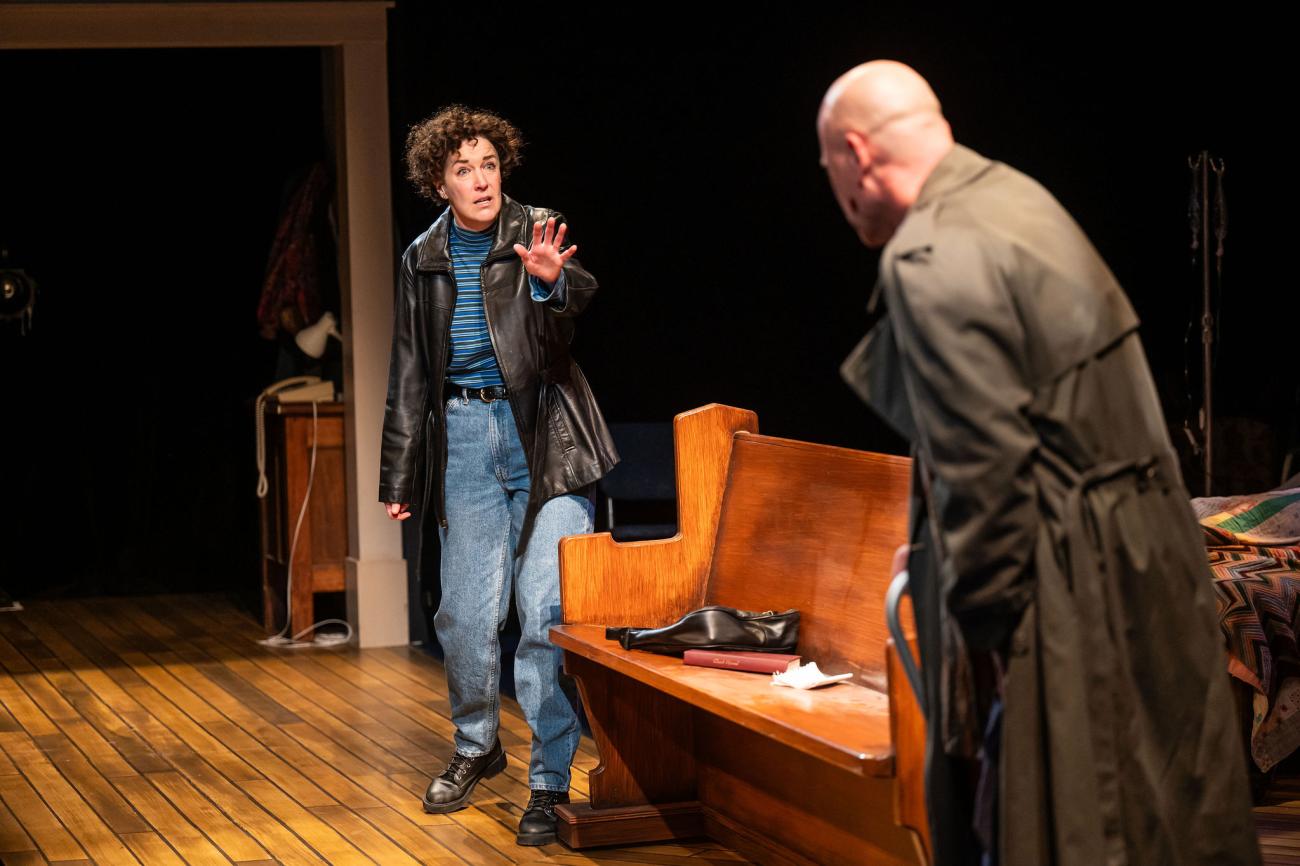
Photo taken by Dahlia Katz
Foyer: Both Princess Diana and Keith Haring played important roles in destigmatizing and raising awareness about the HIV/AIDS epidemic. Why do you think it’s important to re-visit and remember the activism of figures such as Haring and Diana?
Green: First, HIV/AIDS is sadly not an issue of the past; the stigma continues. I hope that remembering the work that was done to call attention to a population facing hatred and ignorance will remind folks that there is still work that needs to be done. I also think that the stories of Diana and Haring are the stories of community, both the queer community and the leagues of friends, family members, and social and health services workers. Re-visiting these stories is also a way to continue to honour those who stepped up and remind people about the opportunities they have today to make a difference in the lives of others.
Foyer: Now completing its second run, and this time with a corresponding podcast, what do you hope viewers and listeners take away from Casey and Diana and With Dignity?
Green: That kindness is always an option — you have the ability to make a change. Community is powerful, essential and ultimately, when we're gone, the only thing that remains of us is the impression we have made on the lives of others — that is immortal, important and full of possibility.
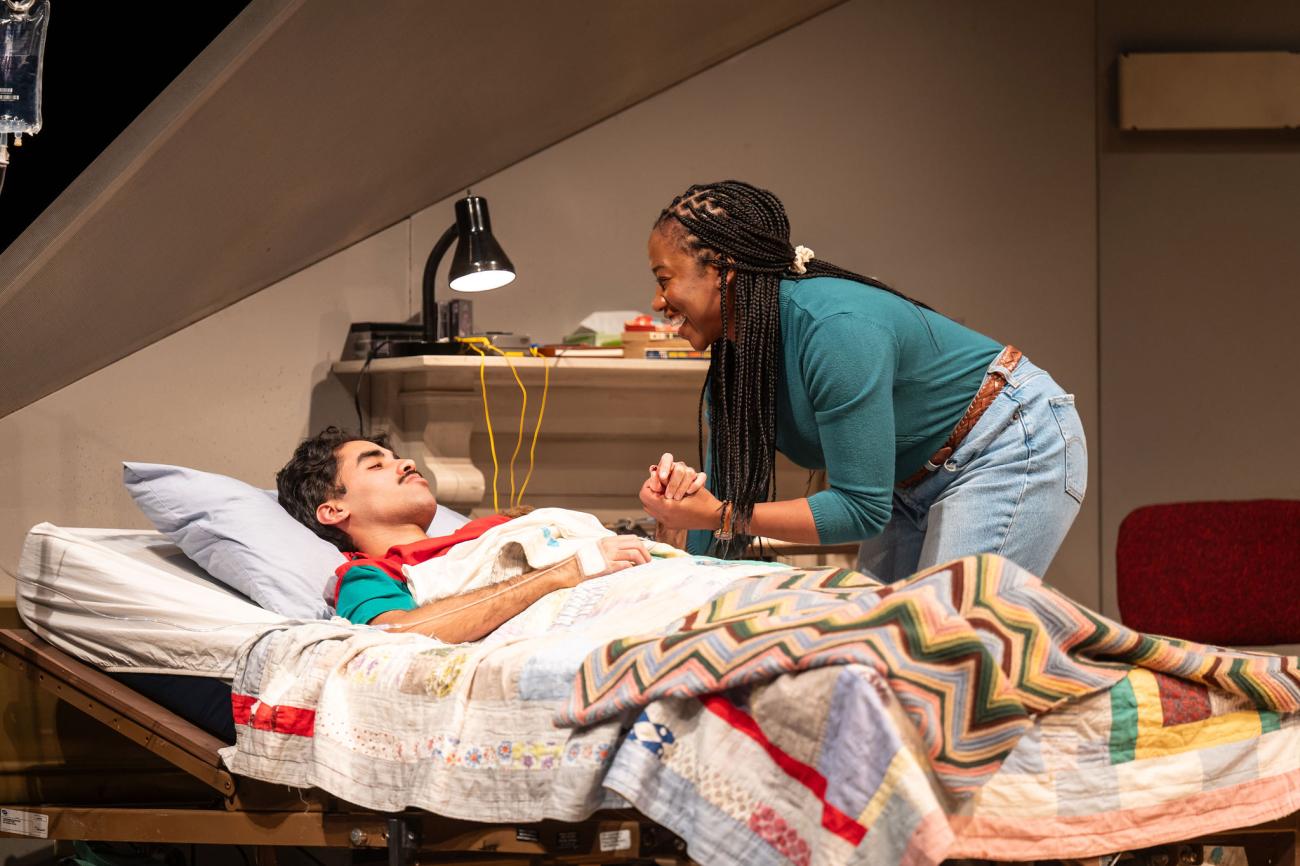
Photo taken by Dahlia Katz
Foyer: Any future plans for Casey and Diana that you can share?
Green: I am so excited to say that there are a number of plans afoot, and I am very superstitious, so I won't jinx any of the ones that aren't announced yet. I can say that there will be a 2025 co-production between Theatre Aquarius and the Royal Manitoba Theatre Centre and another new production at Neptune Theatre in Halifax. These are some of Canada's most exciting theatre companies and I've always wanted to work with them both, so I'm really looking forward to that! There's more news to come I'm hoping, but I'll leave it at that for now.
You can pay to stream Casey and Diana’s viewing at Stratford Festival here. To keep up to date with future productions, visit their website.
Casey House hosts an annual Contemporary Canadian art auction, Art with Heart. All proceeds from the auction go towards funding the operations of Casey House. Art with Heart is currently accepting submissions for the 2024 auction.
See posters Haring created in collaboration with the AIDS Coalition to Unleash Power (ACT UP), in Keith Haring: Art is for Everybody, on view at the AGO on Level 4 until March 17, 2024.
Keith Haring: Art is for Everybody is organized by The Broad, Los Angeles and curated by Sarah Loyer, Curator and Exhibitions Manager, The Broad. The AGO's presentation is curated by Georgiana Uhlyarik, AGO's Fredrik S. Eaton Curator of Canadian Art.

